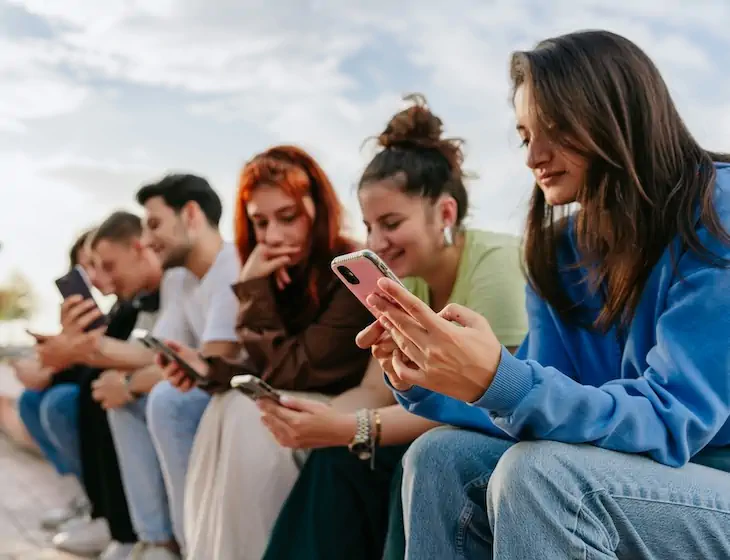Recently it was reported that 52,000 children under age 6 were treated in Emergency Rooms for medication poisoning in 2017. While this is a decrease compared to previous years, it is still quite a large number. Why is this happening and what can we do about it? Accidental ingestion of any toxic substance occurs for many reasons, including easy access, packaging that is not childproof, medications and packaging that looks like candy or is kid friendly, and plain old curious kids. Furthermore, visiting friends and family presents risks that parents often overlook. 10-20% of accidental ingestions in children involve the grandparent’s medication. Sometimes accidental overdoses occur from incorrect dosing and measuring of liquid medication.
Just like pediatricians talk to families about baby proofing, safe sleep, car seats, and water safety; we need to also remind parents about reducing exposure to toxic substances. This includes medication. Any medication, including vitamins, can be toxic for young children. Children are smaller than adults, setting them up for a higher chance of toxicity from what may seem like a normal dose of medication for an adult.
Industry has helped a lot. The invention of childproof caps helped decrease accidental ingestion. Parents still play a role in making sure caps are put on correctly and need to remember not to leave out pills. Visitors may not have their medications in childproof bottles so it’s important to remind them to keep their medications out of reach. A new project is to reduce overdose of liquid medications. The PROTECT initiative (Prevention of Overdoses and Treatment Errors in Children Taskforce) is looking at adding flow restrictors to bottles of liquid acetaminophen.
What can parents do?
- Store all medications, cleaning products, laundry detergents, pesticides, paint, etc.. in locked cabinets that are out of reach.
- Use safety latches on cabinets.
- Make sure all medications have childproof caps and they are tightened properly. Always discard unused medication (pharmacies will often take them).
- Read labels carefully and measure all medication in ml with a medication syringe. DO NOT use kitchen spoons to measure medication.
- Avoid calling medication candy and do not store medications or other non-food items in the pantry with food.
- Be aware that swallowed magnets, button batteries and coins are very dangerous so be sure to keep these stored in a secure and hard to reach location.
How should parents treat an ingestion or exposure?
CALL POISON CONTROL AT 1-800-222-1222
- Do not give ipecac or induce vomiting.
- Take child immediately to the Emergency Room if you suspect a swallowed button batter or magnet.
- Soak skin with lukewarm water for 15 minutes if topical exposure and rinse eye with room temperature water for 15 minutes if eye exposure.
If you have a concern that your child swallowed anything dangerous, call poison control or seek emergency care.



